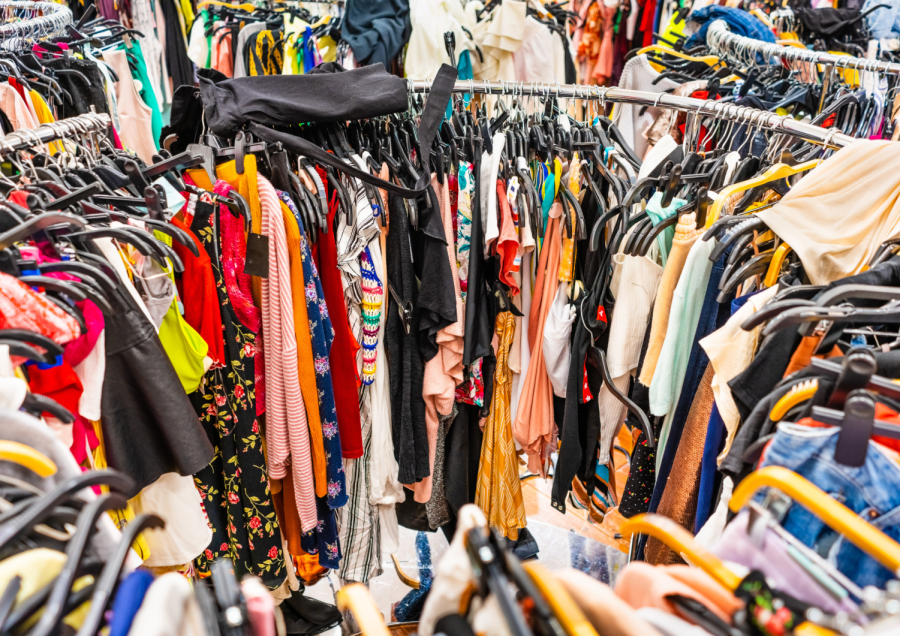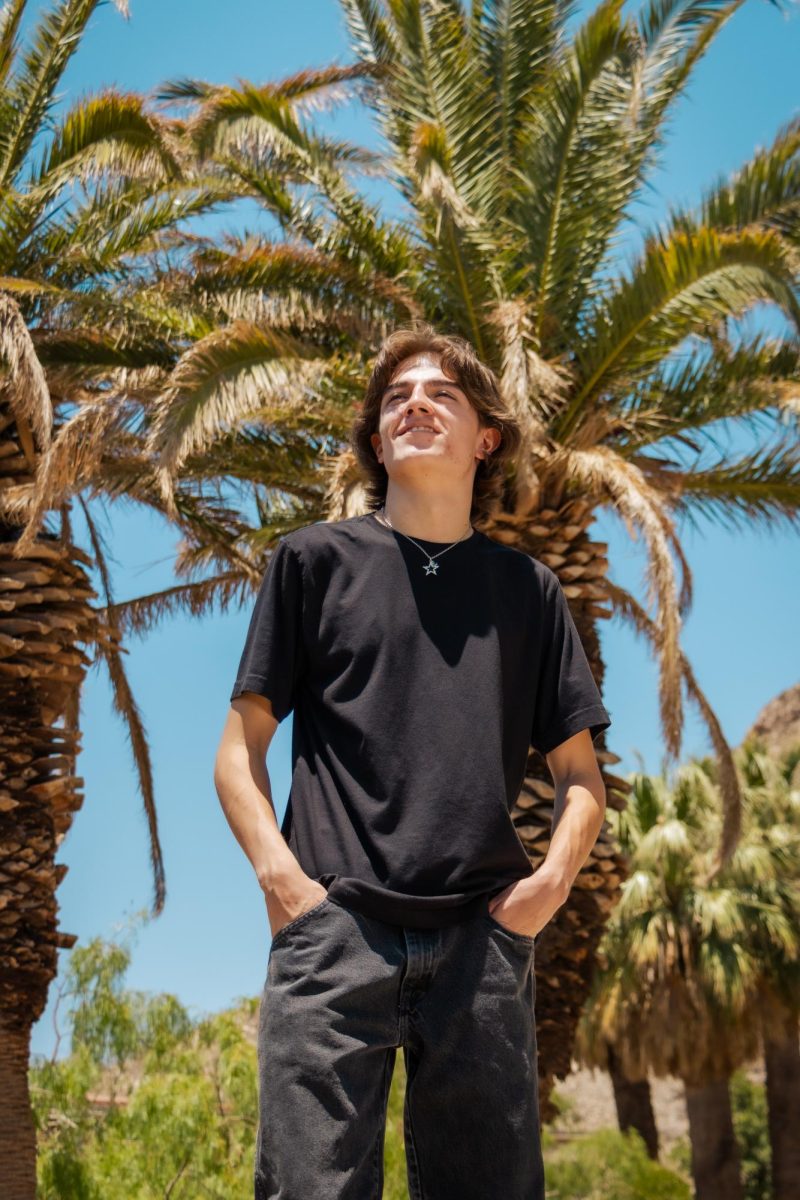Imagine, you are casually scrolling through TikTok, and groups of different influencers promote and link a carbon copy dress that sells for $500 in Mirror Palais, but is going for $17 on Amazon. On the outside, this may seem like a great deal, yet that is far from the truth.
Under #dupe, you can find thousands of videos where people show knockoffs they found from brands such as Brandy Melville and SKIMS.
The rise of TikTok has made trends rise and fall like never before. Dupes let the consumer keep up with the trends without wasting gigantic sums of money. The affordability calls out to them, as, admittedly, it has to me.
Buying dupes is not wrong, sometimes it is the only place we can shop at. However, it becomes harmful when others end up being negatively affected. Before buying from these fast fashion brands, ask yourself: how often will I wear this piece of clothing?
Stores such as Zara, SheIn, H&M, UNIQLO and many more can provide new clothing to consumers in about a week, allowing them to keep up with all sorts of trends, at a cheap price. The younger audience who is heavily influenced by TikTok gets to easily buy anything with the accessibility of these shops that focus on their online commerce.
Having access to these clothing articles should be fantastic, but it comes with many consequences. Small businesses suffer from their designs being stolen.
For example, Tunnel Vision, owned by Madeline Pendleton, offers clothing that is associated with alternative fashion. Because of the popularity of their style of clothing, their designs will end up on SheIn for less than half the price. Pendleton often talks about her designs being stolen on her TikTok.
“To me, the thing that is actually most stressful is the fact that people don’t know that they’re my actual design,” Pendleton said. “So, they could assume that my store is also just selling knockoffs of generic products.”
The expansion of SheIn allows the brand to keep a low profile on its practices. The workshops that make garments for the company do not get paid until their subcontractors pay them first. Workers are forced to work 15-hour days, with no breaks within dangerous working conditions. Thus, workers get the short end of the stick.
The documentary, The True Cost, explains that in recent years clothing consumption has gone up 400 percent more than the amount we consumed just two decades ago. It also comes with materials that are not disposable, thus it will not break down when the clothing gets disposed of. Now clothing is often made with fossil fuels or microplastics. This causes clothing to take about 200 years to decompose.
Being a part of the trends should not come at the cost of being one of the reasons that we harm our earth. Though buying fast fashion will never stop, it is important to be informed of the dangers it causes. Thrifting and buying locally or from sustainable clothing brands can slow down fast fashion clothing consumption.
Fabiola Trillo is a guest contributor and may be reached at [email protected]









